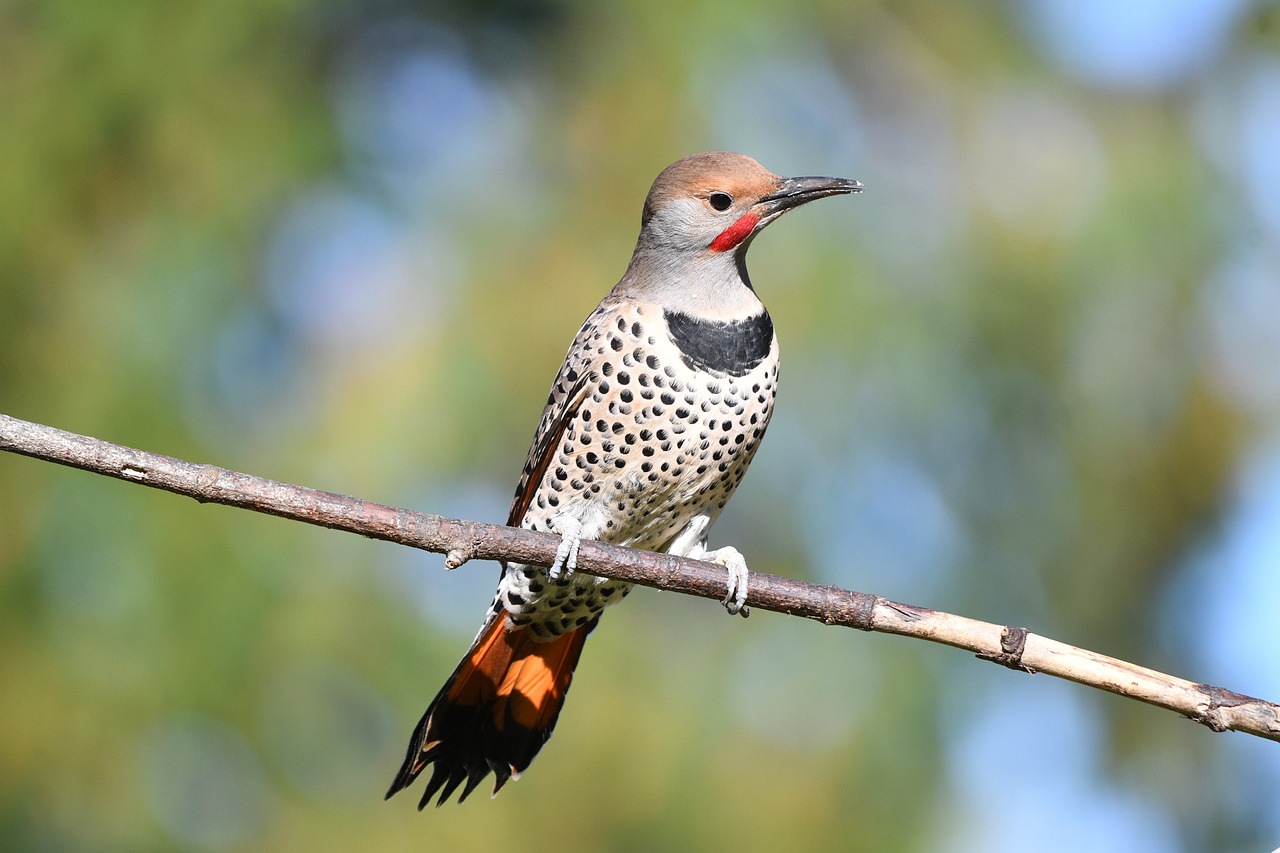The Northern Lights: A Tapestry of Myths and Legends
The Northern Lights, or aurora borealis, have captivated human imagination across various cultures, shaping art, history, and spirituality. While modernity has equipped us with scientific explanations for this celestial spectacle, envisioning a time when such phenomena were an enigma is intriguing. The vibrant displays of greens, reds, and purples lighting up the night sky have inspired countless folklore and stories throughout history. Let’s explore some of these enchanting narratives associated with the aurora from around the globe.
Norse Myths and Legends
In Norse mythology, the Northern Lights are woven into some of the most compelling tales. The Vikings revered the auroras, viewing them as manifestations of their gods. Their interpretations varied, however, from seeing them as protective omens to ominous warnings. Regardless, the significance of these lights was immense, flooding ancient Nordic societies with both awe and trepidation, framing them as magical phenomena with profound implications.
Odin and the Valkyries
At the heart of these legends lies Odin, the chief god of Asgard, venerated amongst Vikings. It was believed that Odin had the power to select warriors for Valhalla, his prosperous afterlife. Valkyries, the fierce female warriors, were purportedly seen as the bearers of these chosen souls, with the reflection of their armor shimmering in the Northern Lights as they guided the fallen warriors home. Other narrations picture the aurora as the breath of heroic soldiers who perished in battle, or even the radiant ‘Bifrost Bridge’ that connected Earth to the heavens.
Sámi Perspectives
Contrasting the heroic tales of the Norse, the Sámi people—the indigenous inhabitants of northern Scandinavia—held a more fearful perception of the Northern Lights. For them, the auroras were omens of misfortune; manifestations of the souls of the deceased. It was deemed dangerous to engage with the lights, as actions like waving or singing could draw their attention, potentially inviting peril. This cautious reverence endures today, as many Sámi people retreat indoors during auroral displays.
Finnish Folklore
In Finnish culture, auroras are referred to as ‘revontulet,’ meaning ‘fire foxes.’ Folklore suggests that Arctic foxes, in their speedy scurries across the sky, created sparks that transformed into the Northern Lights by brushing their tails against the rocky terrain. Another variant of this myth proposes that as these foxes darted about, their tails lofted snowflakes into the moonlight, illuminating the night sky. The seasonal sighting of the aurora aligns with winter, furthering this enchanting narrative.
North American Legends
In North America, many Indigenous communities regarded the Northern Lights as the souls of their ancestors. The interpretations varied greatly, with some viewed as benevolent spirits, while others perceived them as ominous warnings.
The Circle of Life
Certain Native American tales present the auroras as guiding lights for the souls crossing over to the afterlife. They believed these lights emitted a whistling sound, which humans were supposed to reciprocate with whispers. The Cree, for instance, linked the lights to the ‘circle of life,’ interpreting them as a connection to their ancestors. Others, such as the Algonquin tribes, saw the auroras as signaling caring actions from their creator, illuminating the heavens for those below.
Menacing Omens
Conversely, some groups perceived the auroras as harbingers of ill fate. The Great Plains tribes associated the lights with cooking fires from northern tribes preparing to engage in war, while the Fox Indians viewed them as restless spirits of slain foes, signaling revenge and disaster. In communities across Alaska, there existed fears surrounding the auroras, compelling individuals to carry protective items against potential threats.
European Tales and Interpretations
The Northern Lights also made their presence felt across Europe, with various interpretations stemming from the phenomenon. Historical sightings, especially during solar activity, led to numerous myths painted with hues of red and orange.
Warnings of Conflict
In many regions, the reddish glow of the auroras was interpreted as an evil omen—specifically, a precursor to bloodshed. This view was particularly pronounced during tumultuous times, such as leading to the French Revolution when sightings of a vivid red aurora incited fears of strife. Scottish folklore referred to the auroras as “Merry Dancers,” who, rather than gracefully celebrating, were thought to be embroiled in celestial conflicts.
Hopeful Visions
Nonetheless, not every tale surrounding the Northern Lights was foreboding. In Estonia, locals imagined the lights as festive sleighs that conveyed guests to heavenly weddings. Drawing upon Greco-Roman influences, the ancients revered Aurora, the goddess of dawn, viewing the lights as her ethereal journey across the sky—a vivid narrative shaped by delightful mythology.
Conclusions
The tapestry of stories woven around the Northern Lights reflects humanity’s profound relationship with nature and the cosmos. These myths and legends, stemming from various cultures, encapsulate a blend of fear, reverence, and hope, illustrating the enduring impact of this breathtaking phenomenon across time.



